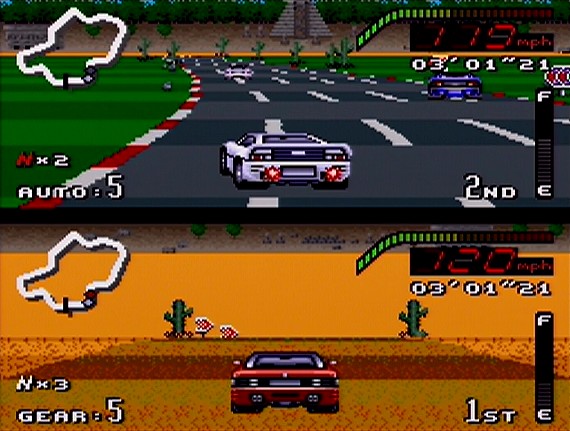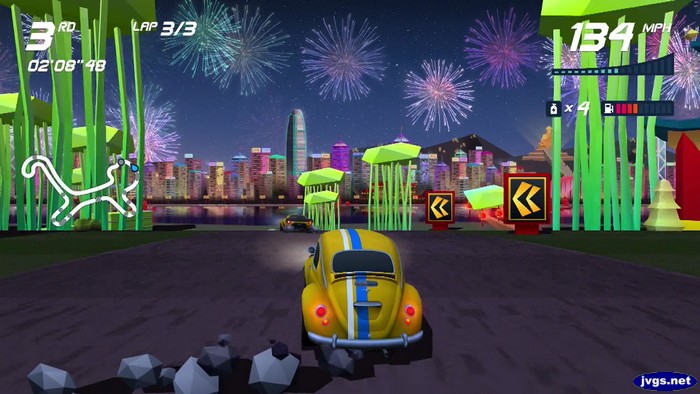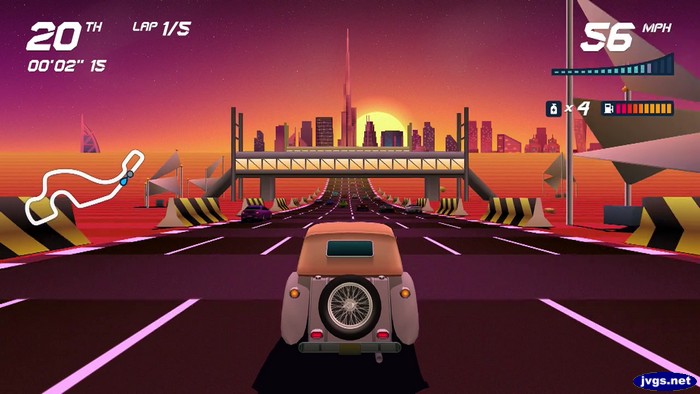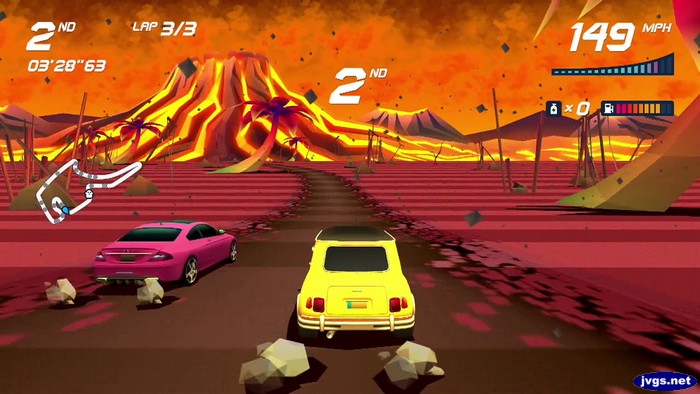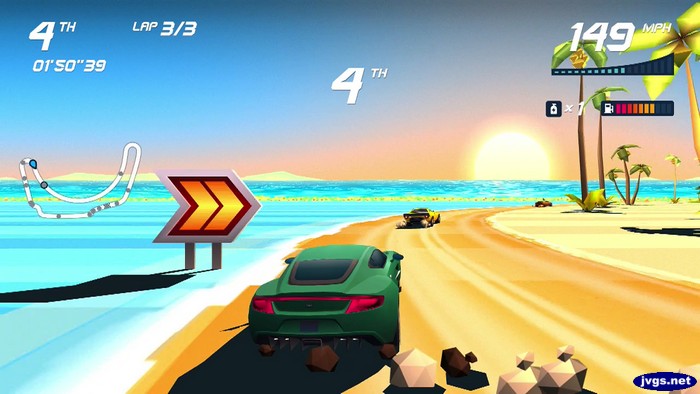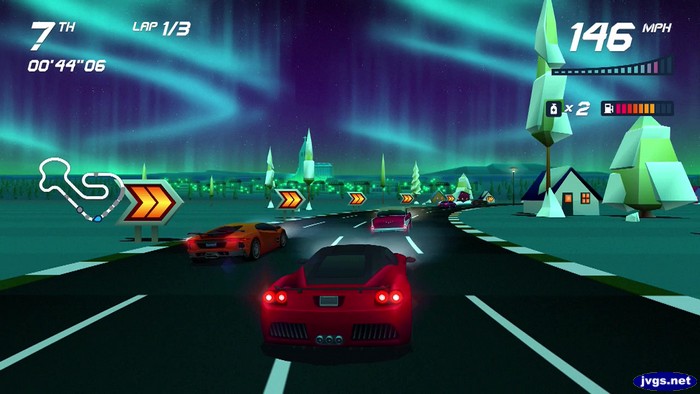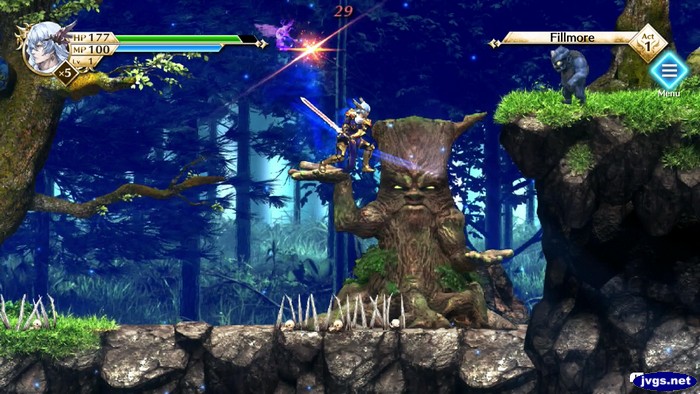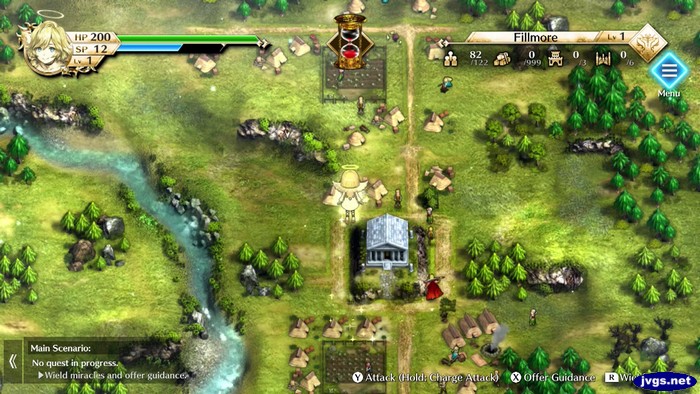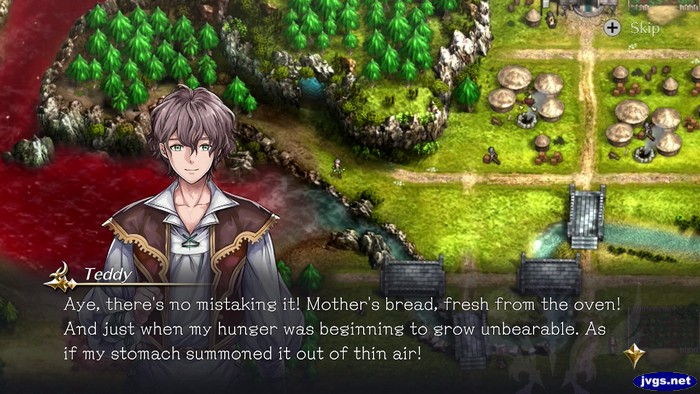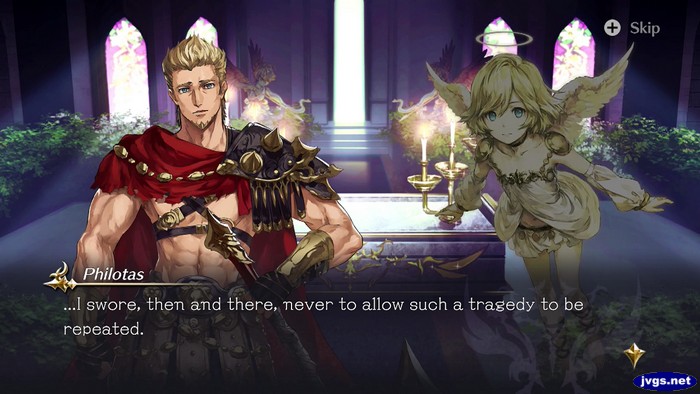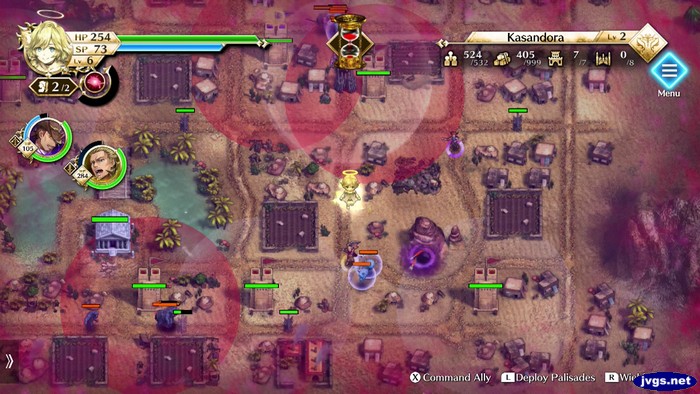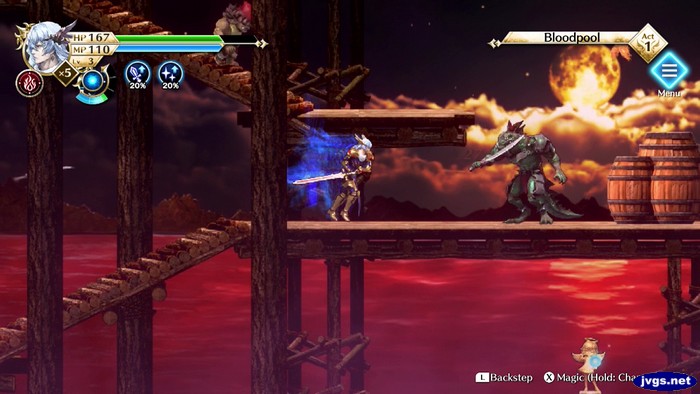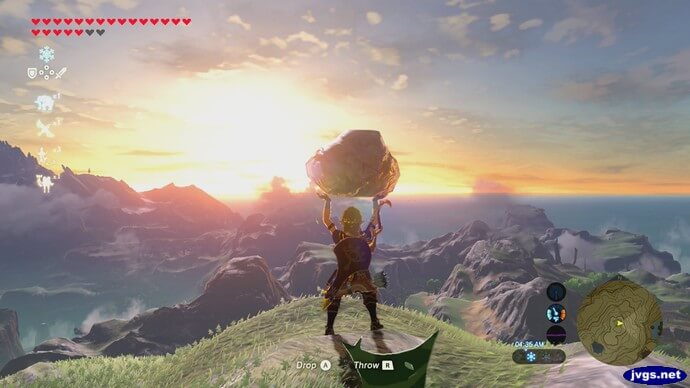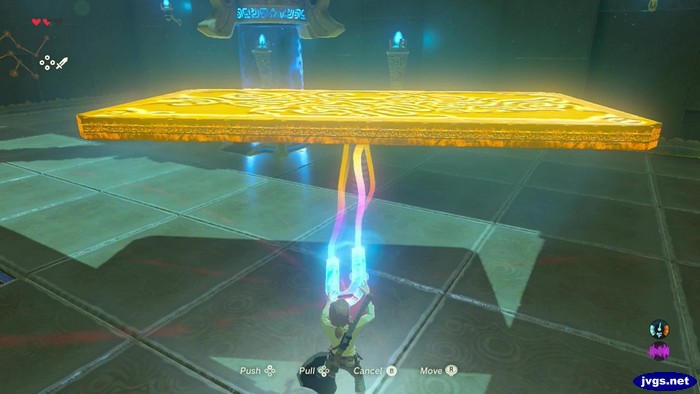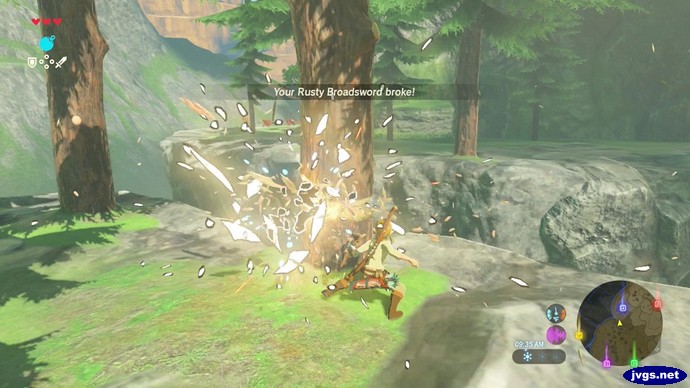Horizon Chase Turbo on Nintendo Switch is a racing game that truly feels like a modern update of the SNES racer Top Gear (no relation to the British TV show). In fact, it feels so much like a modern Top Gear game that I can’t properly review this game without first talking about the SNES game.
About Top Gear
Top Gear is a Super Nintendo game where 20 cars compete in courses around the world. Each of eight countries (or regions) has a four-race tournament. It has simple, arcade-style gameplay that’s just fun to play. No weapons, no power-ups, and no crazy jumps. You get a few nitros available per race, and some courses have pit stops where you may need to refuel (or not, depending on your car and the track in question).
Top Gear’s controls are simple, minimal braking is required, and the action is fast and fun. The tunes are incredibly catchy, and the great soundtrack adds a lot of enjoyment to the game.
About Horizon Chase Turbo
Horizon Chase Turbo borrows much of what made Top Gear great. There are a variety of cars to choose from, and you unlock more as you progress through the game. Of course, each one has different handling, top speeds, acceleration, and so on.
The graphics maintain a retro look with low-poly, blocky foreground objects alongside the road. But the graphics are still clean, colorful, and aesthetically pleasing. And the game runs at a fast pace; turns can sneak up on you if you dare to blink. So don’t blink. 😂
Some tracks have varying weather conditions, as you may have to race through rain, thunderstorms, snow, blizzards, fireworks, volcanic ash, or a sandstorm. The conditions can also change mid-race, and that includes day turning to night, the sun setting or rising, and so on.
The controls are simple and effective: You can accelerate, brake, and use nitros. You can steer by using the control stick or control pad, and you can fully customize the button controls. I reconfigure mine to mimic Top Gear’s controls (X to accelerate, Y to brake, A for nitros). The only complaint I have about the controls is that it doesn’t save your custom control settings. Fortunately, it only takes a couple of seconds to set up.
The makers of Horizon Chase Turbo hired the same musician (Barry Leitch) who composed the Top Gear music. There are lots of great, catchy tunes that are fun to drive to. Not only that, but you’ll hear some classic Top Gear melodies within Horizon Chase Turbo as well!
Game Modes
There is a tournament mode similar to Top Gear’s, but the main mode here is a world tour campaign. You compete in over 100 courses around the world, and the object is to win each race while collecting all of the coins spread across each track.
There are twelve countries (or regions), and each one has 8-12 courses. That includes one “upgrade race” in each region, which has no coins to collect. But you just need to finish in the top-three in that race to unlock a new upgrade that applies to all cars.
An endurance mode is also present, and it plays like an obscenely long tournament. The “short” endurance challenge is composed of 12 consecutive random races, in which you must always finish in the top-five to continue to the next race. The medium challenge consists of 36 races, and the long endurance challenge consists of an insane 109 consecutive races, with no ability to save your progress. Yikes. I mainly stick to the world tour and tournament modes.
There is also an “Adventures” mode which allows you to unlock new car skins. Win five races with each car to unlock a new skin/color for that car.
Top Gripes
One difference between Horizon Chase and Top Gear is how you refuel. There are no pit stops in this game. Instead, you pick up gas containers on the track as you race. Unfortunately, the gas icons can be easy to miss on some tracks, and they don’t even show up on the map until you’re already low on fuel. This is one aspect of the game that could’ve been handled better.
But my biggest complaint with the game is the lack of online play. For a while, it had leaderboards and ghosts of friends’ cars you could race against. However, those have since been removed in an update. But the game does have split-screen multiplayer for up to four players, and it’s a lot of fun.
Overall
Despite the lack of online play, Horizon Chase Turbo has a lot of content. There are multiple game modes, over 100 different tracks, dozens of cars, and lots of unlockable bonuses. I’ve spent well over 50 hours with the game (and counting), and I still enjoy it immensely. I never want to put it down!
Horizon Chase Turbo is the modern Top Gear game I’ve always wanted. It is almost my exact taste in racing games, and it has become one of my favorite racing games of all time. 10/10
Note: There are also several DLC packs available, including a free one. But I do not factor DLC into my reviews of the base game.
